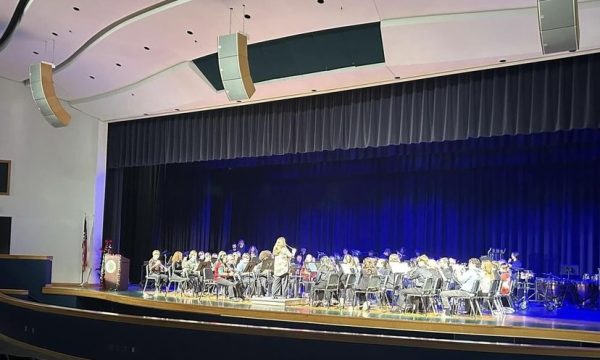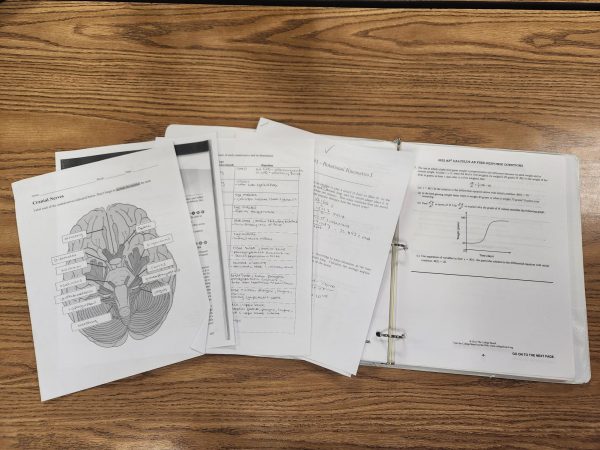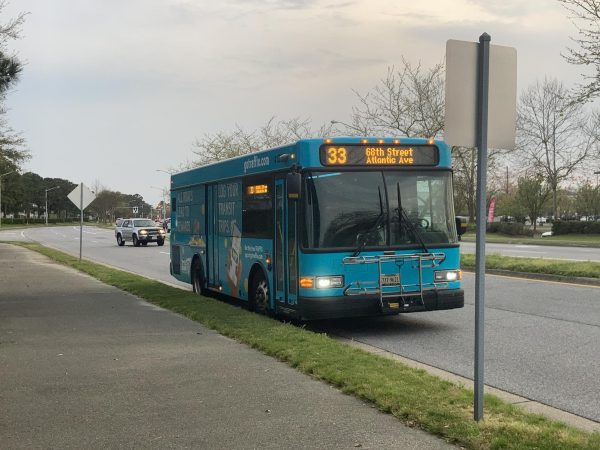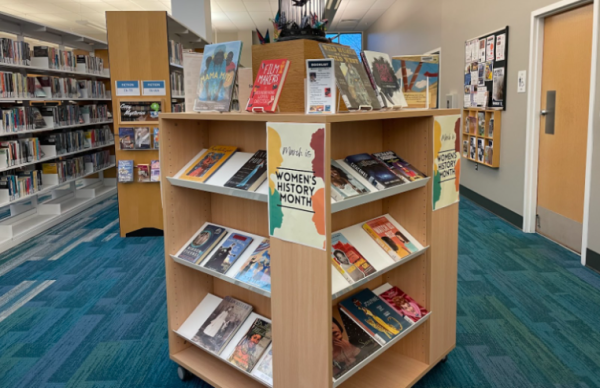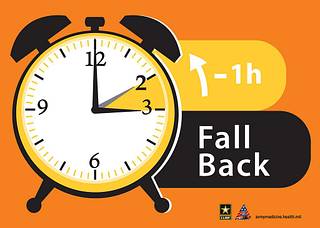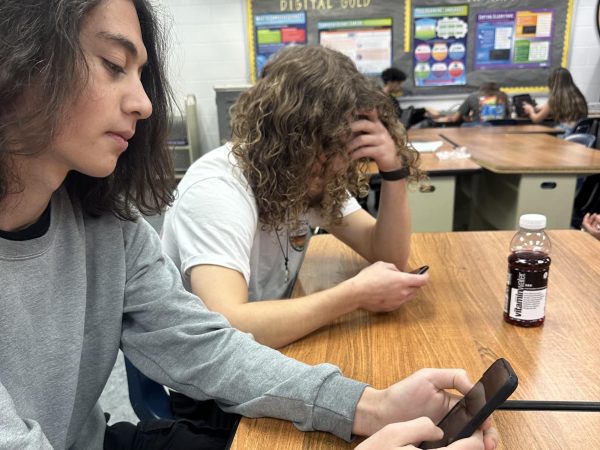Flipped classes change the way students learn
Flipped classes are showing an improvement in the ways teachers educate their students, and giving hope that improved methods of learning are slowly making their way into the classroom.
A flipped class is a system where the students go home and watch a video created by the teacher about the unit they are in. They take notes and write down any questions they have, and when they come to class, they have a quiz on the video.
During the class, instead of the teacher lecturing, the students will do activities that will help put what they learned into use. This includes a lot of group work, so students can be more active and hands on.
World history teacher Monica Roach has been working tirelessly to make sure her new flipped class is a success.
“If done well, a flipped class can be beneficial,” said Principal Dr.Claire LeBlanc. “It’s giving students access to the curriculum at home. Students are more prepared coming to class because the information was introduced beforehand.”
A flipped class is a constructive style of teaching that encourages students to do at least some type of work or studying at home. This allows the students to retain information from the night before when they come to class, and also prevents sleeping and dozing off within the classroom.
According to LiveScience, about 30 percent of students indicate they are bored due to lack of interaction with teachers, and 75 percent report material being taught is not interesting
“I have seen an increase in test scores and performance from last year with my regular class,” said Roach. “Students are retaining information better, and staying awake in my class.”
These classes are really showing hope for change within the classrooms of many schools and
are even making similar appearances in college courses.
“College courses are slowly moving to technology,” said LeBlanc, “and you’re going to see something different in college than your basic lecturing classes.”
Flipped classes give a glimpse of a future where new learning styles will be introduced to help students not just pass a test or an exam, but to help them learn and retain information longer than the time they are in school.
One example of improvement came from the geometry classroom taught by Jenna Filipowicz four years ago.
“Often, people are very critical right out of the gate,” said LeBlanc “You have to be fair and give change a chance.”
For this style of learning to be successful, the teacher has to take the time to do the research and learn about the class to make sure it is done right. The change within the classroom will be dramatically improved, and possibly even better for teachers. Change needs a chance.

Jordan Latter is a third-year journalist who serves as entertainment editor. She loves writing reviews and although she doesn't plan to become a journalist...

